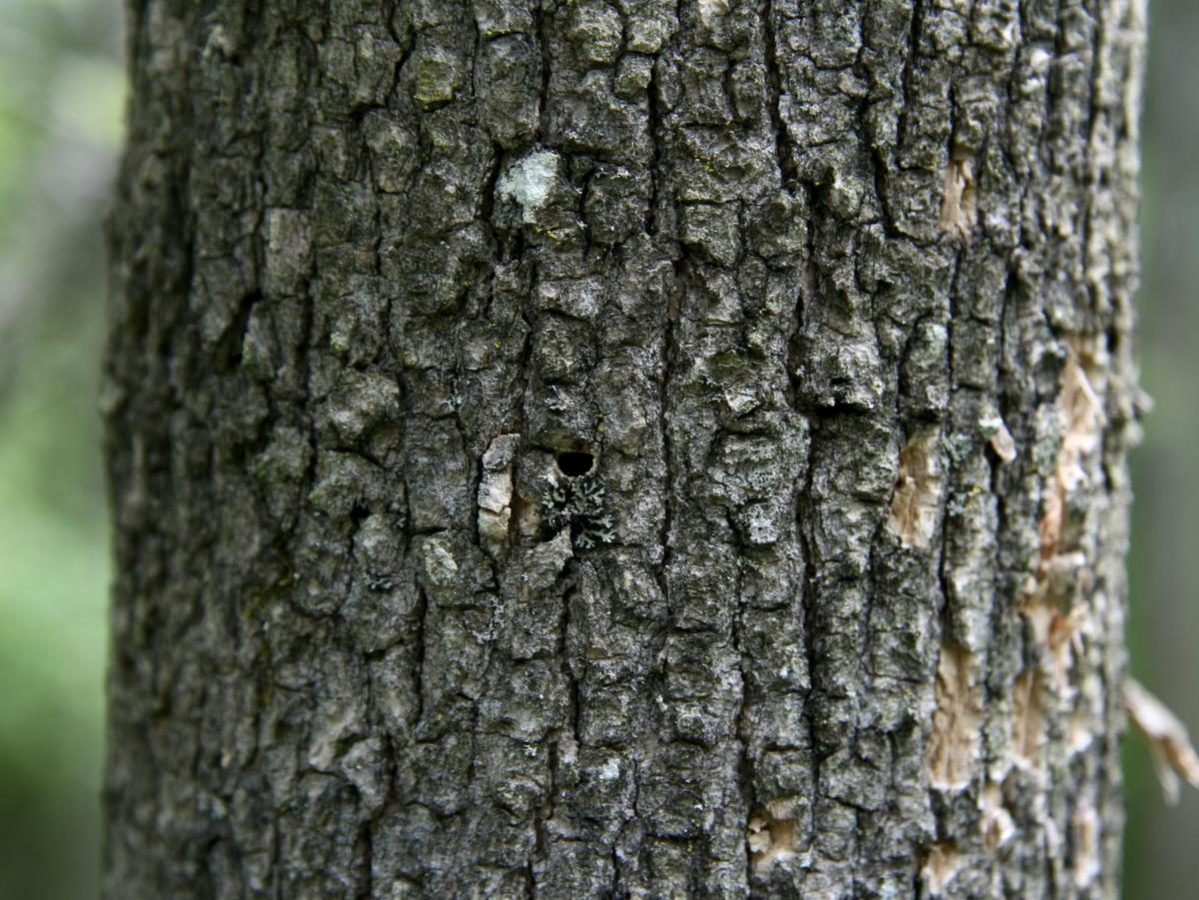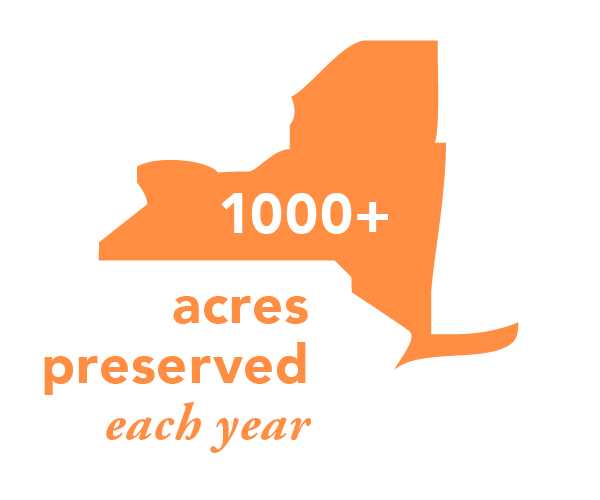In June, the United States Department of Agriculture (USDA) released an experimental biopredator of the emerald ash borer (EAB) on the Land Trust’s Houghton Land Preserve in Corning. EAB is an invasive wood-boring beetle native to Asia that is threatening ash trees throughout North America.
The larvae feed under the bark of ash trees, cutting off the transport of nutrients, and resulting in tree death over a period of several years. EAB is difficult to detect but evidence has been found on numerous Land Trust preserves in the region. As it spreads, federal and state agencies are seeking management tools that would reduce EAB populations and their impact on ash trees.
USDA scientists are currently evaluating three parasitoids (small stingless relatives of ants and wasps) from China for biological control of EAB in the U.S. The Tetrastichus planipennisi species was released at the Houghton Land Preserve by attaching small chunks of parasitized ash to live ash trees where EAB is present. The female parisitoid lays eggs inside the EAB larvae, eventually killing their host.
The Land Trust continues to monitor ash tree health on its nature preserves in the Finger Lakes region. Any findings of the emerald ash borer should be reported to nature preserve manager Jason Gorman by calling (607) 275-9487. Adult emerald ash borers emerge from beneath the bark of ash trees late May through mid-July. They create a D-shaped exit hole as they chew their way out of the tree. Trees attacked by EAB have distinct S-shaped galleries (tunnels) beneath the bark. More information on EAB can be found here.



